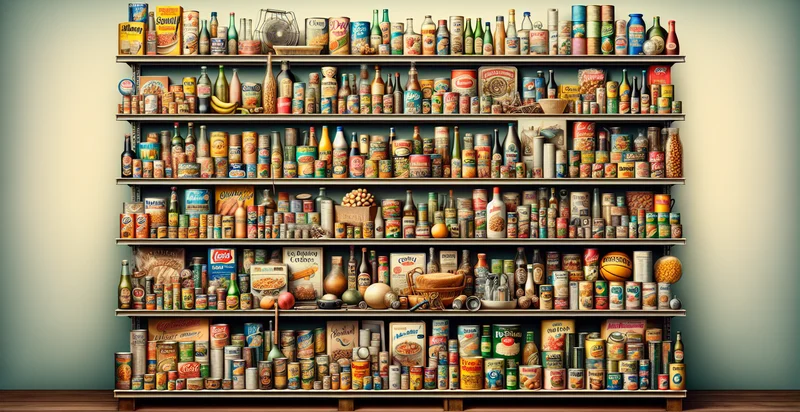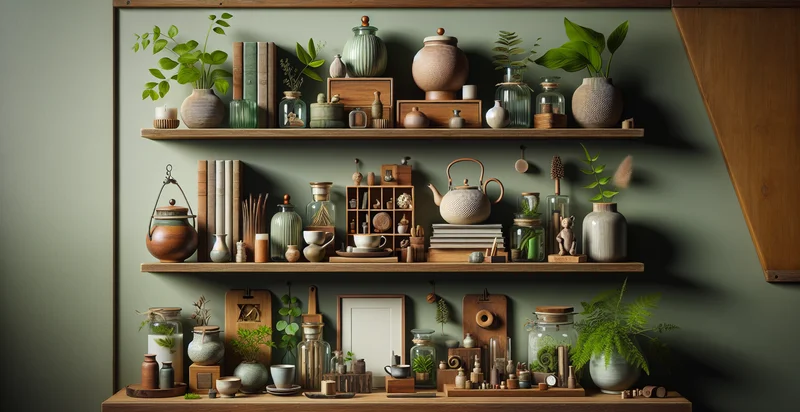Identify shelf product condition
using AI
Below is a free classifier to identify shelf product condition. Just upload your image, and our AI will predict the condition of products on the shelf - in just seconds.

Contact us for API access
Or, use Nyckel to build highly-accurate custom classifiers in just minutes. No PhD required.
Get started
import nyckel
credentials = nyckel.Credentials("YOUR_CLIENT_ID", "YOUR_CLIENT_SECRET")
nyckel.invoke("shelf-product-condition", "your_image_url", credentials)
fetch('https://www.nyckel.com/v1/functions/shelf-product-condition/invoke', {
method: 'POST',
headers: {
'Authorization': 'Bearer ' + 'YOUR_BEARER_TOKEN',
'Content-Type': 'application/json',
},
body: JSON.stringify(
{"data": "your_image_url"}
)
})
.then(response => response.json())
.then(data => console.log(data));
curl -X POST \
-H "Content-Type: application/json" \
-H "Authorization: Bearer YOUR_BEARER_TOKEN" \
-d '{"data": "your_image_url"}' \
https://www.nyckel.com/v1/functions/shelf-product-condition/invoke
How this classifier works
To start, upload your image. Our AI tool will then predict the condition of products on the shelf.
This pretrained image model uses a Nyckel-created dataset and has 20 labels, including Best Before, Compromised, Contaminated, Damaged, Defective, Deficient, Discarded, Expired, Fresh and Functional.
We'll also show a confidence score (the higher the number, the more confident the AI model is around the condition of products on the shelf).
Whether you're just curious or building shelf product condition detection into your application, we hope our classifier proves helpful.
Related Classifiers
Need to identify shelf product condition at scale?
Get API or Zapier access to this classifier for free. It's perfect for:
- Retail Inventory Management: This function can be utilized by retailers to assess the condition of products on the shelves in real-time. By identifying damaged or misplaced items, retailers can maintain optimal shelf presentation and reduce the potential for inventory loss.
- Quality Control in Warehousing: Distribution centers can implement this false image classification function to monitor products during storage and before shipping. By automatically identifying products that do not meet quality standards, warehouses can enhance their quality control processes and minimize returns.
- Automated Shelf Restocking Alerts: The function can help automate the restocking process by identifying items that are out of stock or nearing expiration. This can enable efficient inventory turnover and ensure that shelves are consistently stocked with fresh products, improving customer satisfaction.
- Marketing and Promotion Optimization: Retailers can analyze shelf product conditions to identify optimal placements for promotional products. By ensuring that promotional items are visibly placed and in good condition, retailers can increase their sales and enhance the effectiveness of marketing campaigns.
- E-commerce Image Verification: E-commerce platforms can use this function to verify the condition of products listed online against shelves in fulfillment centers. This ensures that the images presented to customers accurately represent the product's condition, reducing return rates and improving customer trust.
- Consumer Insights and Preferences: The function can analyze shelf conditions to gather data on consumer behavior and preferences. By understanding which products are well-maintained and visually appealing, companies can tailor their marketing strategies to maximize sales of those items.
- Environmental Sustainability Initiatives: Businesses can leverage the function to monitor shelf conditions as part of a sustainability program. By identifying and minimizing waste from damaged goods and ensuring that all products are sold before expiration, companies can improve their environmental impact and boost their corporate responsibility profile.


